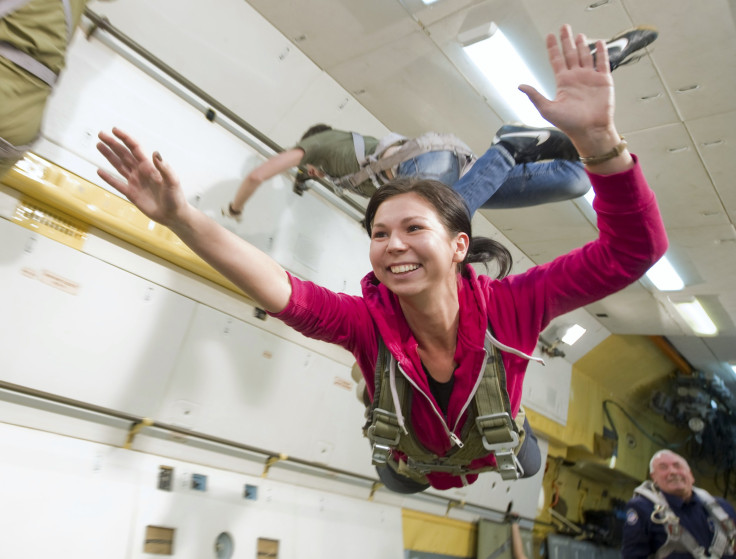Russia prepares all-female crew for 2029 moon mission

After NASA’s Mars announcement of the virtual takeover of exploration and experimentation on the red planet, the Russian space agency Roscosmos is gearing up for what could be its next human mission to the moon. Six Russian women have been locked inside a mock spaceship for over a week-long experiment to simulate conditions for a potential moon mission in 2029.
It is a first of its kind isolation experiment that features an all-female crew to test how the female bodies will react to deep-space flights of long duration. The crew was chosen from a group of 10 Russian scientists, and they will spend eight days in a moon-bound simulator spacecraft called Luna-2015, while experts from the Russian Institute of Biomedical Problems (IBMP) monitor their mental and physical condition.
Sergei Ponomaryov, the scientific supervisor to the project, said that the lack of attention received by women in the field of space biology was a big omission, reports The Moscow Times.
Elena Luchitskaya, senior researcher at the Laboratory of Physiology and Biomechanics of the cardio-respiratory system IBMP RAS, has been appointed captain. “Dates are not fictional,” said the Roscosmos Facebook page. RSC Energia, Russia’s largest space company, had “carried out all the necessary calculations, including ballistic.”
“One of the tasks is to test and prepare a series of experiments that will subsequently be conducted aboard the International Space Station, as well as to test equipment that will be delivered to the station in the near future,” the Roscosmos statement said.
The mission is to simulate various stages of a moon flight – from launch through orbit and return. During the late 1960s, NASA’s Apollo program used a mission profile similar to the Luna-2015, according to The Moscow Times. The Roscosmos mission has been described as a first step in space exploration as it will examine the response of female bodies to a simulated space environment, where NASA’s moon missions provided insights into the functioning of male bodies in spaceflight.
Contact the writer at feedback@ibtimes.com.au, or let us know what you think below





















